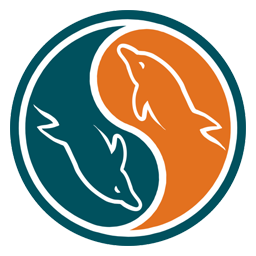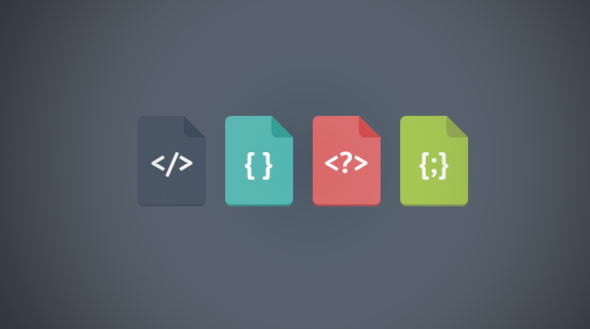
Using cursor data After a cursor is opened, you can use the FETCH statement to access each row of it separately. FETCH specifies what data (required columns) to retrieve and where the retrieved data is stored. It also moves the internal row pointer in the cursor forward so that the next FETCH statement retrieves the next row (without reading the same row repeatedly). The first example retrieves a single row (the first row) from the cursor: input: create procedure processorders() BEGIN -- declare local variables declare o int; -- declare the cursor declare ordernumbers cursor for select order_num from orders: -- o
1. MySQL using cursor data instance tutorial

##Introduction: Using Cursor Data After a cursor is opened, you can use the FETCH statement to access each of its rows separately. FETCH specifies what data (required columns) to retrieve and where the retrieved data is stored. It also moves the internal row pointer in the cursor forward so that the next FETCH statement retrieves the next row (without reading the same row repeatedly). The first example retrieves a single row (the first row) from the cursor:
2. Share a detailed tutorial on HTML URL

Introduction: HTML Uniform Resource Locators (UniformResourceLocators) URL is a web page address. The URL can be composed of letters, such as
3. Linux multi-threaded programming detailed tutorial (threads implement communication code through semaphores)

Introduction: This article mainly introduces the detailed tutorial on Linux multi-thread programming, and provides the code for threads to communicate through semaphores. Please refer to it for reference.
4. Detailed tutorial on this, self and parent keywords in PHP5_PHP tutorial
Introduction: PHP5 Detailed tutorial on this, self and parent keywords. First, let’s understand the above three keywords: this, self, parent. It’s easier to understand literally. It refers to this, self, father. Haha, it’s more fun. Let’s establish a few concepts first. These three keywords are divided into
5. Detailed explanation of PHP file operations_PHP tutorial
Introduction: Detailed explanation of PHP file operations. This article is a detailed tutorial on PHP file operations. It is very detailed and comprehensive. Now I share it with you. I hope it will be helpful to friends who are learning PHP development. The code is as follows: $path1= E:/myphp/text.tx
6. PHP correct configuration of mysql detailed tutorial_PHP tutorial
Introduction: Detailed tutorial on correctly configuring mysql with PHP. PHP can be combined with apache normally, and common errors include: PHP Warning: PHP Startup: Unable to load dynamic library..., Fatal error: Call to undefined function mysql_connect
##7.mysql installation and configuration detailed tutorial (1)_MySQL
 ##Introduction: This article is mainly for everyone This article introduces the mysql installation and configuration tutorial in detail, and shares the mysql installation steps with a combination of pictures and text. Interested friends can refer to
##Introduction: This article is mainly for everyone This article introduces the mysql installation and configuration tutorial in detail, and shares the mysql installation steps with a combination of pictures and text. Interested friends can refer to
8.
Axure Drawing Page frame graphic and text detailed tutorial_html/css_WEB-ITnoseIntroduction: Axure drawing page frame graphic and text detailed tutorial
9 .
Detailed tutorial on this, self and parent keywords in PHP5Introduction: Detailed tutorial on the this, self and parent keywords in PHP5. First, let’s understand the above three keywords: this, self, parent. It’s easier to understand literally. It refers to this, self, father. Haha, it’s more fun. Let’s establish a few concepts first. These three keywords are divided into 10. Detailed explanation of PHP file operations Introduction: Detailed explanation of PHP file operations. This article is a detailed tutorial on PHP file operations. It is very detailed and comprehensive. Now I share it with you. I hope it will be helpful to friends who are learning PHP development. The code is as follows: $path1= E:/myphp/text.tx
The above is the detailed content of Detailed introduction to the detailed tutorial. For more information, please follow other related articles on the PHP Chinese website!




